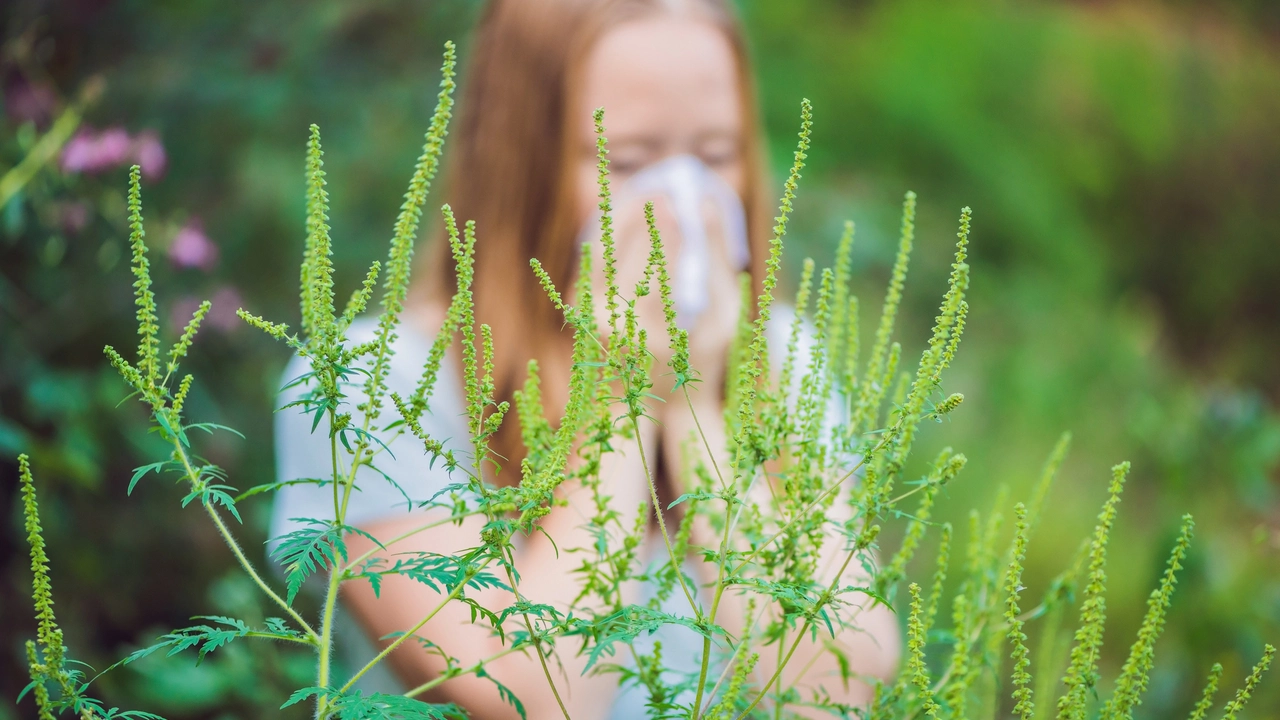Want a garden that looks good without constant work? Start with the right garden plants and match them to your spot. Pick plants that like your soil, sun, and the time you can spend watering and pruning. That single choice cuts most future problems.
First, check light. Is your space full sun, part shade, or mostly shady? Full sun means six or more hours of direct light and suits tomatoes, lavender, and many perennials. Part shade works well for ferns, astilbe, and hostas. If it’s shady, focus on plants that thrive under trees or next to buildings.
Second, know your soil. Dig a small hole and feel it. Sandy soil drains fast and warms quickly; clay holds water and stays cool. You can improve both with compost. Add 2–3 inches of compost to the topsoil and mix it in. That boosts structure, water retention, and nutrients fast.
Plant at the right depth: seeds follow packet directions; transplants should sit at the same level they were in the pot. Firm soil gently around roots and water right away. For young plants, water slowly and deeply once or twice a week instead of light sprinkles every day. Deep watering encourages roots to grow down, making plants drought-tolerant.
Use mulch. A 2–3 inch layer of bark, straw, or leaf mulch cuts weeds, keeps moisture in, and evens soil temperature. Keep mulch a few inches away from stems to avoid rot. Mulch also reduces how often you need to water.
Want low effort? Choose native plants, ornamental grasses, or herbs like rosemary and thyme. Natives are already adapted to local rains and pests. Perennials like coneflower, sedum, and daylilies come back each year with little fuss. For containers, pick compact varieties and use a good potting mix with slow-release fertilizer.
Pest and disease control doesn’t have to be scary. Inspect plants weekly. Remove diseased leaves and handpick caterpillars. Encourage helpful insects—ladybugs, lacewings—by planting a few flowers like calendula or dill. If you need a spray, opt for targeted, low-toxicity options and follow label directions.
Seasonal care keeps gardens healthy. In spring, cut back dead growth and top up compost. Summer is for watering deeply and deadheading spent flowers to encourage more blooms. In fall, leave some seed heads for birds and cut back perennials only if disease is present. A quick winter mulch shields roots during freezes.
Lastly, start small and expand. A tidy bed or a few pots teaches you what your garden needs without overwhelming you. Try one new plant each season and note what worked. Over time you’ll have a garden full of plants that suit your life and your yard, not the other way around.

Hey there, green thumbs! In the wild world of gardening, there's a super squad of plants that not only add splash and spark to your backyard, but they also kick those pesky seasonal allergies to the curb! Meet the low-pollen, high-appeal gang: hydrangeas, clematis, and begonias! These allergy-friendly powerhouses chuckle at the face of sneezes and itchy eyes, and they're also a spectacle to behold. So, if you're a fan of clear sinuses and stellar gardens, these plants are your new best buds - literally!